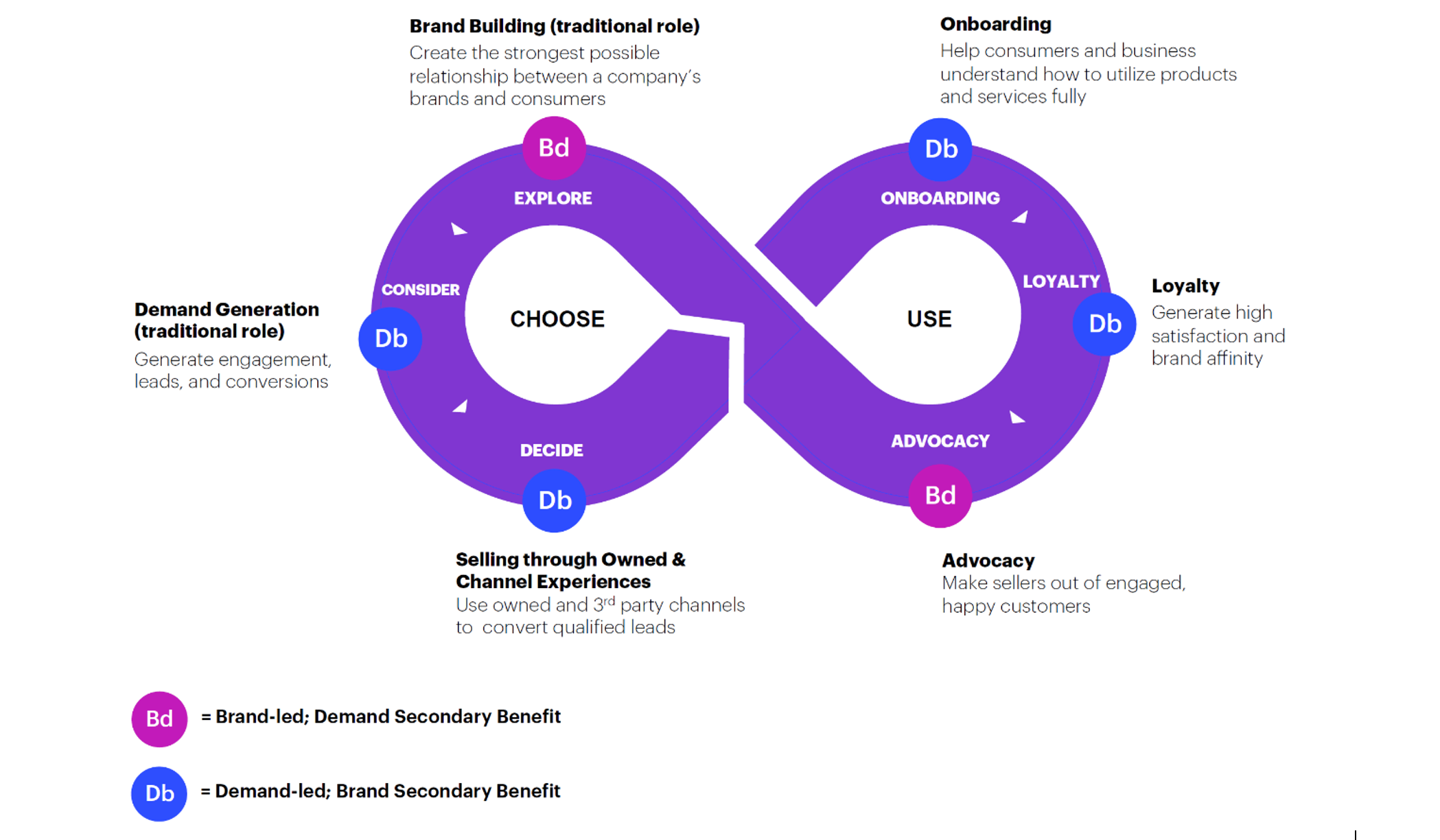Is there a new love story between brand and demand marketing?

Jacqueline Alexis Thng and Dency Cheng, respectively a partner and senior engagement manager at Prophet, explain their company’s approach to brand and demand marketing and how the right balance can be struck between the two.
Southeast Asia’s massive e-commerce sector is advancing at a rate that is exceeding expectations. Brands hoping to engage with SEA consumers must keep in mind the mobile-first nature of the market, with high levels of social media usage and influence. Established unicorns such as Grab, Lazada, Shopee, InMobi and Tokopedia are investing heavily in digital commerce and beginning to compete with newer, emerging players in the space. The digital acceleration that took place during the pandemic invariably led to more brands shifting sales online.
Should you invest in brand or demand marketing?
While there is a myriad of factors that lead to success or failure, one key consideration is the tension of brand building versus demand marketing. Demand marketing is more about “Why buy one now?” It involves education and highlighting pain points with urgency. Branding is more about “Why buy from us?” It entails building your reputation so that people choose your product to solve that problem – even though there are likely other options.
As marketers, we know brand strategies don’t always directly connect to a sales pipeline, and demand doesn’t always lead to increased awareness in the market. But when the efforts from both sides are designed to complement each other, we’re able to reach a new, unprecedented level of cohesion across the entire marketing program – creating a powerful growth engine that helps us achieve the goals of:
- Building preference for your brand and products
- Reducing price sensitivity
- Nurturing loyal and repeat customers
- Saving costs with improved operational efficiencies
- Creating a sustainable revenue stream
- Higher effectiveness and ROI with our marketing investment
Prophet’s approach to brand and demand marketing is grounded in recognizing that there is a better way to engage with modern audiences, which is especially meaningful in SEA. It is a sustained, integrated approach that continuously engages with audiences inside and outside the marketing funnel in a value exchange that drives growth for both the audience and the brand.

How to strike the right balance
Is there a magical ratio between brand to demand? The conventional 60/40 brand/demand investment split is helpful but increasingly outdated and doesn’t accurately reflect what any medium or touchpoint can do. It also depends on the market situation and your business goals – the ratio will and should change at any given time to adapt to competitive environments.
To be good, we need to do both. But to be great, we need a more intentional, unifying strategy. The ideal state is to develop a long-term strategy across the customer journey to build preference, which helps to achieve faster, short-term quick wins during moments when buyers are more receptive to ‘demand’ campaigns.
There are four golden rules that we identified in our recent global research “Brand and Demand Marketing: A Love Story”:
- Build a marketing organization that has the skills and capabilities for both brand and demand, with teams working together against a shared purpose.
- Design your marketing approaches in an integrated fashion starting with annual planning.
- Experimentation leads to success. Build a learning agenda and provide an investment budget.
- Track performance and progress with an integrated brand and demand view and laddering up to business goals.
Through expertise and excellent marketing campaigns, you’ll build relationships that showcase how your product really is better than your competitors, and you’ll have a whole audience of loyal fans to back you up on that. The key lies in regularly fine-tuning your brand-to-demand ratios based on the goals of your brand, the product/campaign and audience response.
Final thoughts
During the mobile-first digital age, the new marketing benchmark requires an integrated strategy involving both brand building and demand marketing, calibrated to deliver impact based on the maturity of your brand. A balanced mix of both short- and long-term tactics is key to achieving uncommon growth.
At Prophet, we believe content is where brand meets demand – the sweet spot that fosters brand loyalists and fuels consistent ROI that compounds over time. Brand and demand marketing requires delivering a well-thought-out content strategy and cohesive customer experience.












